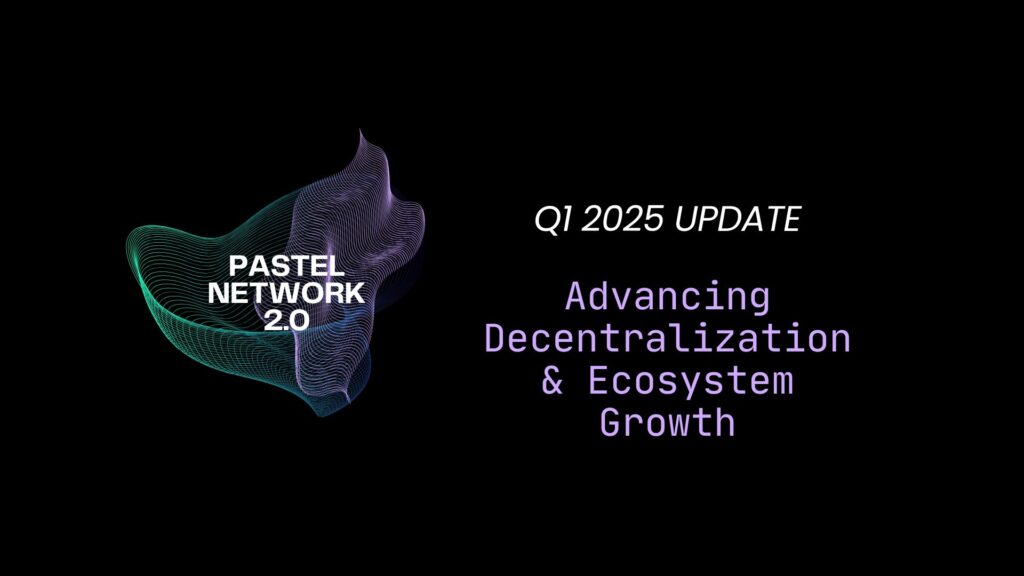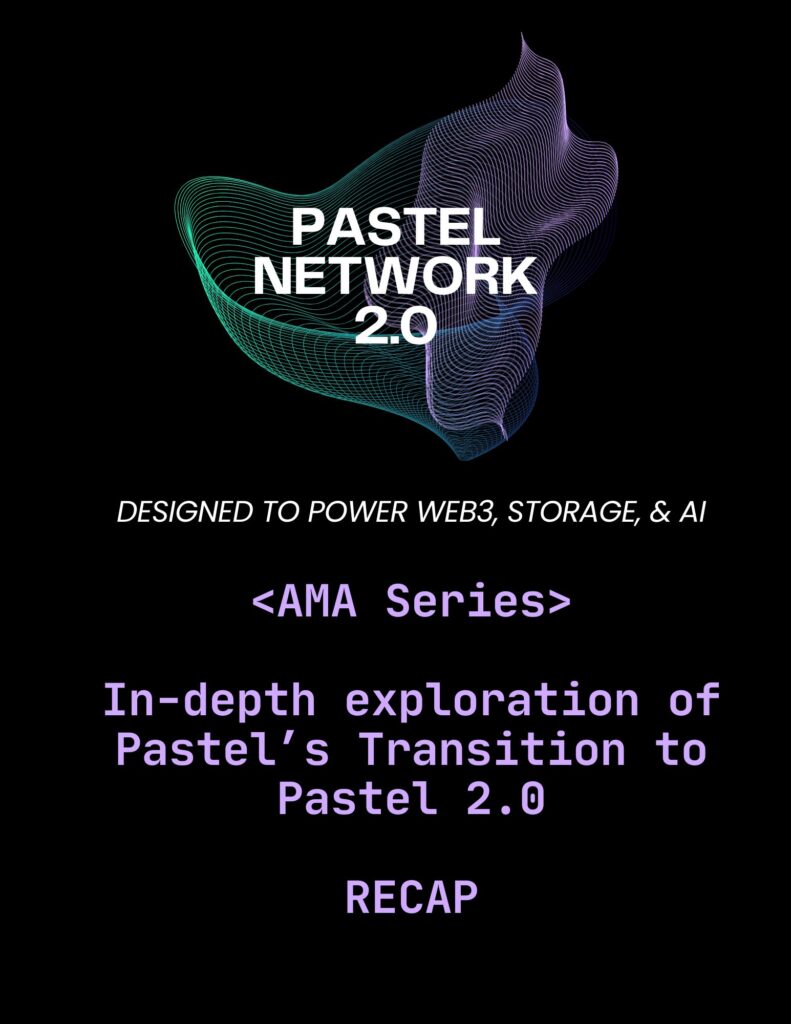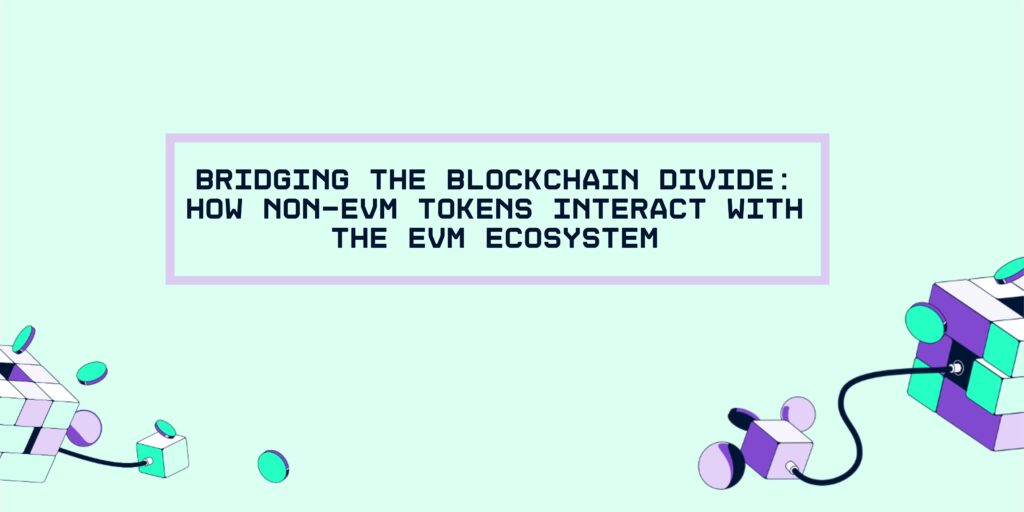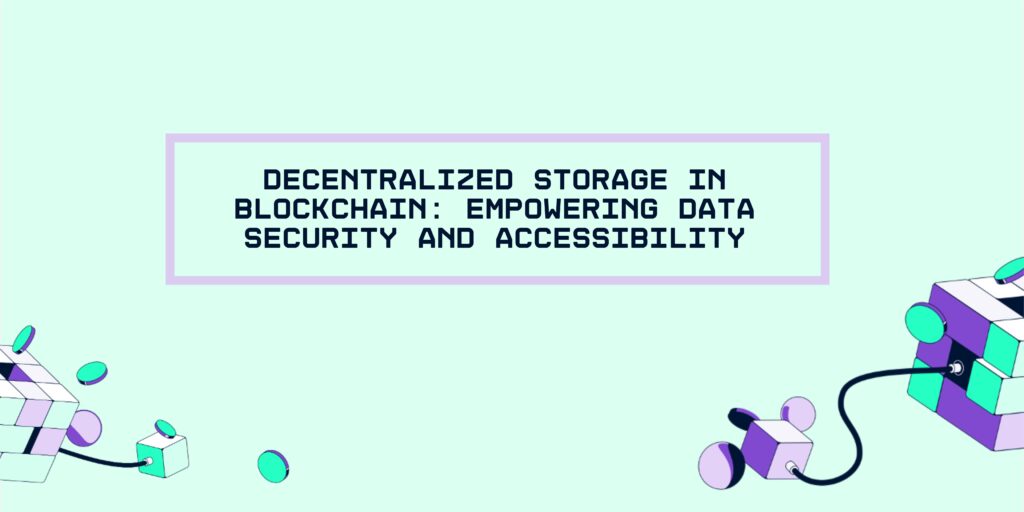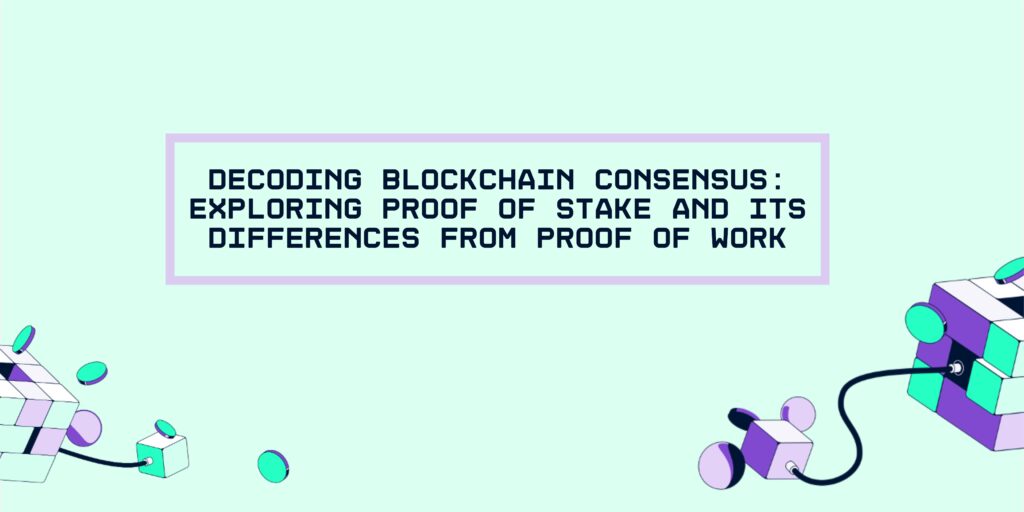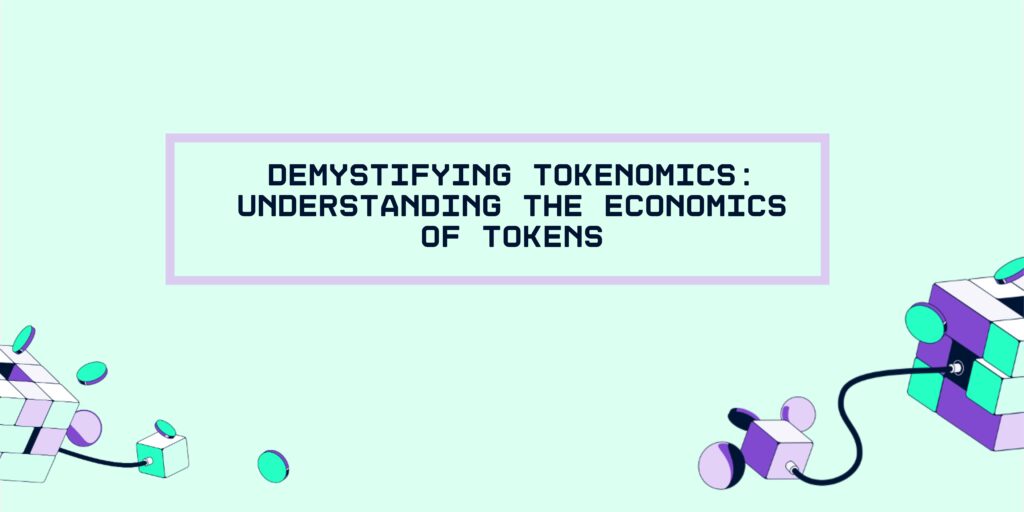Pastel co-founder, Anthony Georgiades, talked all things Cezanne and answered all the community’s questions.
Initial Questions
Q1: To start off, can you give us a little background on yourself and the team?
A: Sure! I’m one of the co-founders and early investors of Pastel. I work on a lot of the day-to-day operations of the project along with some of the product management and go to market strategy. I first got involved with Pastel after meeting Jeff Emanuel, who is the co-founder and brains/vision of the Pastel Network.
Here are some bios on Jeff and our CTO, Alexey as well
Jeff Emanuel is the co-founder and CEO of Pastel. Prior to founding Pastel, he worked as a machine-learning and financial analyst in the hedge-fund world for over a decade. Emanuel has extensive knowledge about blockchain protocols, technology, and traditional finance along with a native understanding of rare digital collectibles communities. He studied mathematics at Reed University.
Alexey Kireyev is the co-founder and CTO of Pastel. For over 3 decades, he has worked as a developer and security specialist at a variety of Fortune 500 financial and technology institutions, managing hundreds of employees and building products serving millions of customers. Kireyev has deep knowledge of blockchain protocols, cryptography, and security standards and has contributed to open-source projects like Bitcoin Private, Z-Cash, and Dash.
We came together all the way back in 2018 because we saw there was a need for blockchain purpose-built for the NFT ecosystem. Ethereum and Bitcoin were not built for the size and volume of NFT transactions. Additionally, we saw that there were certain challenges plaguing the market (including scams, frauds, and asset loss) and nobody was trying to fix them. We decided to make the tools to make this NFT world better.
Q2: Can you give us a brief summary of Pastel Network?
A: Pastel Network is a fully decentralized, developer-friendly layer-1 blockchain serving as the preeminent protocol standard for non-fungible tokens (“NFTsâ€) and Web3 technology.
Pastel infrastructure enables existing layer-1 blockchains, decentralized applications, or third-party enterprises to protect creators and collectors. From digital collectibles & media to documents & applications, users and developers are able to certify asset rareness and truly store data forever. Lightweight protocols delivered by interoperable open APIs such as Sense and Cascade can be easily integrated across existing networks. A wide range of Web3 applications can be built directly on the Pastel Network, enabling developers to enjoy the scalable registration features, storage processes, and security of the broader ecosystem.
Q3: Before we dive into Cezanne, can you give everyone a little refresher on Pastel’s Roadmap up to this point?
A: We launched Pastel Network (the original mainnet) in January 2021. Since then, we have worked on 1) developing, refining, and thoroughly testing our mission critical protocols, Sense and Cascade; 2) creating a seamless approach to integrating Sense and Cascade across the ecosystem / conducting full-scale integrations with partners; 3) building SmartMint (which will be available to Early Access users in a couple of weeks); and of course 4) this massive Mainnet Upgrade — Cezanne.
Q4: Can you also give a little refresher on what it means to “upgrade to Mainnet�
A: A Mainnet Upgrade is the introduction of new software changes, improvements, and features that are made at the blockchain level to continue to advance the overall network’s functionality.
Mainnet Upgrades enable all network participants and community members — such as SuperNode operators, miners, ecosystem partners, and end-users — to access the most up-to-date and cutting-edge technology.
As Mainnet Upgrades introduce drastic changes to the blockchain, they require tremendous testing, debugging, and implementation along with a majority consensus from participating network nodes and miners.
Q5: Now what is Cezanne Mainnet and why is it such a big deal to the Pastel team and broader ecosystem?
A: The Cezanne Mainnet Upgrade includes major upgrades to the Pastel blockchain and a number of improvements for our broader ecosystem.
Cezanne brings countless improvements to both end-user & NFT functionality — such as registration, minting, transferring, and trading — alongside unrestricted access to advanced protocols like Sense and Cascade via interoperable Open-APIs, seamless composability, improved token economics, and the most powerful protocol standard for the Web3 ecosystem.
Having been under development for over 8 months, Cezanne is our largest release to date and marks the beginning of a new chapter for the Pastel Network.
Q6: From the Cezanne Testnet medium article, it seems like development of Cezanne took a long time. Why so?
A: We knew this would be our most aggressive upgrade since we decided to build Pastel Network all the way back in 2018. The reason we spent 8 painstaking and tedious months building, refining, and testing is because of how complex and robust these new features are. Enhancing Sense and Cascade, alone, are massive undertakings. We have a team of world-class engineers and developers solving extremely complicated and technical problems to bring you this upgrade. We are very excited it is here!
Q7: Can you provide a high level overview of what the upgrade includes?
A: Sure! I’ll list out a few points:
- Improvements to NFT Minting and Collections
- Support for NFT Transfers, Trades, and Auctions
- Interchain account identification via PastelIDs
- Cross-chain network access via Web3 APIs
- Dramatic upgrades to Sense (our near-duplicate NFT detection protocol)
- Enhancements to Cascade (our distributed NFT storage protocol)
- User-friendly utility services via PastelUp
- Improvements to network optimization and security
Q8: Of the features from the upgrade you discussed, what are you most excited about?
A: On top of the enhancements to Sense and Cascade as well as the upgrades to runtime processes and security, I am really excited about PastelUp. PastelUp is a Pastel-Utility service that makes the installation of key infrastructure like WalletNode and SuperNodes extremely intuitive and user-friendly. This service’s features include install, start, stop, remote set-up, default settings, and various command options. It also supports better handling of operation termination and dd-server installation.
Q9: How does it benefit users and partners?
A: PastelUp is an extremely important infrastructure tool. PastelUp was developed with our community in mind as a means to support network participation, performance, and decentralization by making it easier for users to get up and running with Pastel services.
Q10: Last question before we open it up to the community. What is next? What’s the technical roadmap through the end of the year?
A: After Cezanne, we have a number of technical milestones we are poised to hit. The next big milestone is the launch of SmartMint — our no-code NFT minting platform. After SmartMint, we plan to do additional network upgrades and complete a number of bridges.
Community Questions
Q: Can you go into more depth on PastelUp? What does it really mean for potential network operators?
A: Yes — as discussed above PastelUp is a Pastel-Utility service that makes the installation of key infrastructure like WalletNode and SuperNodes extremely intuitive and user-friendly. This service’s features include install, start, stop, remote set-up, default settings, and various command options. It also supports better handling of operation termination and dd-server installation. PastelUp was developed with our community in mind as a means to support network participation, performance, and decentralization by making it easier for users to get up and running with Pastel services.
Q: What does the Mainnet upgrade mean for PSL and its utility partners? Should we expect to see more network usage? And linked to that: When will partners start working with the network? What are future partner plans?
A: This update will have the biggest impact on PSL that we’ve had to date. With the release, PSL is going to see a tremendous amount of increased usage and utility on the network.
Recall that PSL serves as the native, digital cryptographically-secured utility token of the Pastel Network. By running on a specialized, purpose-built blockchain, PSL is the foundation for accessibility. It is used to handle everything on the network including:
Core Operations: Generating a PastelID, Minting NFTs, Submitting Tickets, and Performing Open-API Requests like Sense and Cascade from third party partners
Stake: Operating a SuperNode and staking collateral in exchange for providing computational resources, validation, and security services
Governance: Stakeholders are able to initiate and vote on various proposals
What does this mean? The Cezanne Mainnet Release means that existing customers and partners will be able to start to conduct more on-chain transactions for various NFT-specific use-cases such as data storage via Cascade, counterfeit / copymint protection via Sense, minting, and more.
How does it work? Each time a Pastel partner wants to mint or create 1 NFT, they conduct anywhere from 2–5 transactions on the Pastel Network (sending data to Cascade for storage or run through Sense). Each of these transactions ‘costs’ PSL.
In short, this means more on-chain transactions, more network usage, and more protocol revenue.
To put it in perspective: If an exchange like OpenSea conducts ~20K of New NFT transactions per day, a Pastel x OpenSea integration means each time that a new NFT transaction occurs on OpenSea, at least 2 transactions occur on Pastel (Sense for near-duplicate NFT detection and Cascade for data storage / caching). This equates to an annual run-rate of ~15M transactions and ~$800K of protocol revenue assuming 2 transactions per NFT and no change to transaction velocity or $/TX.
Now extend this beyond one digital art NFT marketplace to vast ecosystems like Polygon and Polkadot, and across additional use cases like DeFi and the Metaverse. The identifiable serviceable market is massive.
Oh and one last thing — you can view the exact amount of PSL that is reqiured here: https://docs.pastel.network/basics/fees-and-burn.
Basically to store a 1GB file on Pastel forever would cost around 50000 PSL, and that is for one file.
Part of the fees are burnt (meaning that they are taken out of supply forever) and part of the fees are distributed to the registering SuperNodes (meaning they are earning protocol revenue for staking, validating transactions, and performing services like storing the data).
Discussed partners a bit above with regards to PSL use-cases — partners like OnXRP.com are literally waiting for this upgrade to start using our technology. We have a tremendous amount of future partner plans in the works, and some of the initial use cases and traction will only further support additional collaborations so we will achieve dramatic network effects.
Q: How has the Cezanne Upgrade enhanced Sense? I thought Sense was already thoroughly tested and refined.
A: Our Sense Protocol saw a dramatic facelift to make it even more powerful and robust against transformations through new methods of fingerprint analysis, statistical correlation, and rareness computations.
When a user registers an image as a new Pastel NFT or applies Sense via OpenAPI to an NFT from another blockchain, the Sense software analyzes the pixel data in this new “candidate†NFT and, using powerful Deep Learning models, generates a fingerprint vector (a set of ~1,500 numbers) which characterizes the visual structure of the candidate image in a very particular way. This allows the system to quickly compare this fingerprint vector to the fingerprints of all previously registered images on the Pastel Network, and for each one, precisely measure the visual similarity of that image versus the candidate image. This measure of visual similarity is robust to all sorts of transformations, allowing it to basically “see through†any superficial changes to an image. If any previously registered image is “too similar†to the candidate image, then this results in a lower “rareness score†for the candidate image.
We further modified how each WalletNode processes fingerprint data calculated by SuperNodes in order to dramatically decrease the time between asset registration and Sense analysis.
Through these method refinements and upgrades, we have more insight into image recognition and rareness than ever before. Sense provides users with the ability to define the relative rareness of their NFT with the highest level of precision. This release just made Sense even more capable.
Q: Is there any token burn or buy back plan?
A: There is a tremendous amount of token burn baked into the system. Please see above for PSL use cases and protocol revenue examples.
Upon core network operations, a percentage of each tx-fee is distributed to a cryptophically unspendable address, resulting in a reduction of the overall supply of PSL (“Proof of Burnâ€). Nearly every transaction results in burn such as:
- PastelID Creation
- NFT Registration
- NFT Activation
- NFT Trade
- Open-API Sense Request
- Open-API Cascade Request
Additionally, given some of the macro pressures on various digital assets such as PSL the foundation has discussed engaging in a token buy-back on the open-market. This would result in basically acquiring tokens and locking them up in our existing treasury to be used in the future for things like ecosystem partners, investors, etc. (Similar to a share buyback of sorts)
Q: Talking about the upgrade, with the upgrade how has Cascade been upgraded? Also how has Cezanne enhanced NFT functionality?
A: One of the largest updates for the Cezanne Mainnet Release is unrestricted NFT accessibility on the network. Users are able to fully create persistent identities (‘PastelIDs’) on the network which can then be used to create, register, transfer, and trade NFTs via our layer-1 protocol. This release is instrumental in ensuring that new users — whether they are individual creators, communities, or applications — can seamlessly mint NFTs for a variety of use-cases on the Pastel protocol itself using our advanced Smart Ticket structure.
Various Smart Tickets have been added, improved, and upgraded to support all of the necessary NFT-related information on the network, ensuring even more application flexibility and functionality. Stored in a simple and secure format, information is easily written, transmitted and subsequently signed by relevant nodes on the network. Various Smart Tickets implement all requirements to support:
- User Information
- Creator and Collector PastelIDs
- NFT Minting
- NFT Collections
- NFT Transfers, Trades, and Auctions
The benefit of this system is that it provides a highly powerful and generic framework for encapsulating all sorts of structure, features, and functionality that can be easily leveraged by users minting directly on the protocol, third-party developers building entire decentralized-applications on the Pastel Network, or decentralized ecosystems seeking cross-chain composability.
In addition, the declarative and static nature of Smart Tickets means that there is no risk to end users from subtle bugs or edge cases in custom smart contracts. Instead, all the required logic for handling tickets and performing related computations is done in the node software itself, operating at the protocol level.
Q: Is Pastel’s SuperNode layer vulnerable to the same exploits that we have been seeing recently?
A: This is why Pastel is setup to have a lot SuperNodes staking a small amount of PSL vs. a small # of Vaildator nodes doing everything with staking via delegation. It is also why we do not support delegation at the protocol level, which encourages a handful of centralized validators controlling key state decisions like accepted blocks etc.
Many DeFi projects and bridges follow an N-of-M validator setup, meaning at least N of a all M validator nodes operating the network must sign a particular transaction for an ‘event’ (transfer, withdrawal, deposit) to occur. This is similar to how Pastel works with SuperNode tasks, but for many pure PoS projects there is a small number M and an even smaller N controlled by just a few central parties (defeats a lot of that ‘decentralization’ purpose).
One of the reasons why Pastel is so methodical in what we do and why things may seem to move slower sometimes is because it’s in fact far more methodical and planned out. We’re focused on client diversity and various implementation controls to prevent this — it’s harder / slower upfront, but sets up the foundation for a massively decentralized, trustless organization over the long-term. And our Validator (SuperNode) bridge setup keeps these same core principles in mind.
Q: What improvements did you make to network optimization and security with this Upgrade?
A: Speed, security, storage, and efficient runtime processes are core pillars for Pastel. We rolled out a variety of network upgrades to continue to ensure that the Pastel Network runs with maximum uptime and reliability:
- Implemented connection pool w/ multiplexing support & peer-only authentication to improve communications in Kademlia
- Integrated zstd compression for Smart Tickets written to blockchain
- Converted scheduler from boost to std to replace boost threads with stoppable threads
- Added gtest for thread services and upgraded scheduler tests
- Modified write ticket from async to sync to prevent previous ticket error during block load / re-load (on valid blocks)
As always, security is our utmost concern and we made sure to further increase the robustness of our network in the Cezanne Mainnet Release. Certain improvements include:
- Removed configuration of SSH clientConfig with insecure HostKeyCallback from various sources in sshclient.go
- Cleared text logging sensitive data extraction
- Added additional encryption to data returned by actions requiring SN PassPhrase logging
- Supported enable/disable logging for P2P and MetaDB
- Replaced Ticket encoding from b64 to ascii85
- Included authentication of Kademlia’s peers to other peers when connections occur using a SuperNode’s PastelID as a certificate
- Added additional validation of connection requests by Kademlia peers to confirm PastelID in handshake is generated by enabled SuperNodes
Cezanne Mainnet Upgrade is Starting TOMORROW — 8/5/2022
As a reminder: if you are running any existing clients please upgrade to the latest version prior to activation at blockHeight = 316300 (Tuesday August 9th at approx. 16:00 UTC).
Please use this version here: https://download.pastel.network/#latest/pasteld/
The new version requires at least 16GB of RAM and if you are running on Linux, must be Ubuntu 20.04.
About Pastel Network
Pastel Network is a fully decentralized, developer-friendly layer-1 blockchain serving as the preeminent protocol standard for non-fungible tokens (“NFTsâ€) and Web3 technology.
Pastel allows for the development of third-party decentralized-applications (“DAppsâ€) to sit on top of its Network, enabling developers to enjoy the scalable registration features, storage processes, and security of the broader ecosystem. Lightweight protocols such as Sense — which was built to assess the relative rareness of a given NFT against near-duplicate metadata — and Cascade — which conducts permanent, distributed storage of underlying NFT data — can be integrated cross-chain across various layer-1 blockchains, layer-2 protocols, or other third-party apps.
Pastel is managed by world-class developers, cryptographers, and technologists, supported alongside an experienced and extensive network of marketers, influencers, and third-party agencies. Pastel is backed by key stakeholders including Innovating Capital, a prominent venture fund.
For more information on Pastel Network, visit https://pastelnetwork.wpengine.com/.
Originally Published on Pastel Network’s Medium
